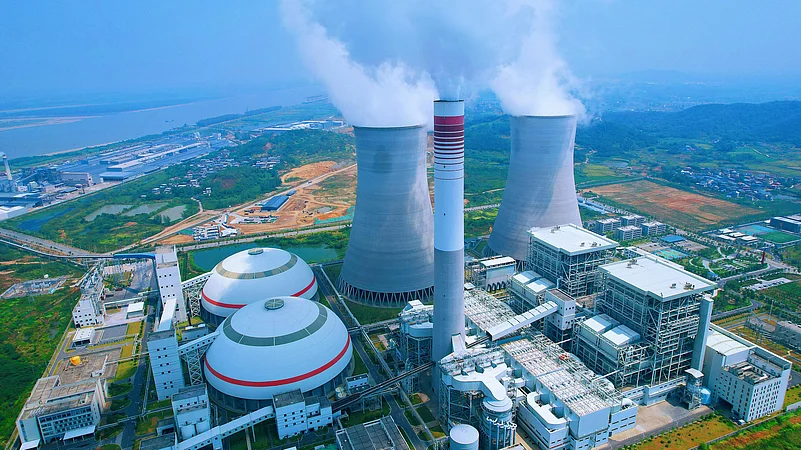
CCS adoption in Asia could add 25 billion tonnes CO₂ by 2050.
High costs, underperformance, and fossil fuel reliance limit CCS effectiveness.
Experts urge focus on proven clean technologies over large-scale CCS projects.
Asia’s plan to adopt carbon capture and storage (CCS) as a tool to manage purported Asia-specific decarbonisation challenges and emissions from hard-to-abate sectors such as cement, steel, chemical, aviation and shipping, could backfire by expanding fossil fuel consumption or production leading to additional greenhouse gas (GHG) emissions of about 25 billion tonnes of extra CO2 emissions by 2050, according to an October 2025 report by Climate Analytics.
The study further stated that CCS across Asian countries such as China, India, Japan, South Korea, Indonesia, Thailand, Malaysia and Singapore, as well as Australia and others, are more focused on extending the life of coal, oil and gas rather than reducing emissions. These countries constitute more than half the world’s fossil fuel and greenhouse gas emissions. These additional emissions would fatally undermine Asia’s alignment with the Paris Agreement.
“High-CCS pathways means high emissions, high costs and low climate gains,” James Bowen, the report’s co-author and Climate Analytics’ analyst told Down To Earth.
While the CCS is being projected as a backbone of clean growth, the total operating CCS capacity at present is just 50 million tonnes of CO2 per year. This approximately translates to trapping 0.1% of annual global CO2 emissions and the captured gas is often used to get more oil out of the ground.
CCS Risks Undermine Goals
Experts warn that large-scale CCS deployment could divert critical resources away from proven clean technologies. Current CCS projects, according to a 2022 report by the Institute for Energy Economics and Financial Analysis (IEEFA), have high costs, inconsistent performance and a lack of verifiable data to support significant investment. Meanwhile, a July 2022 report by the Energy Transition Commission stated that while CCS has the potential to play a supportive role, it must remain limited in transition to a net zero economy.
In addition, the technology underperforms at capturing carbon and only small amounts of CO2. This could serve as a fossil fuel lifeline, allowing for continued extraction rather than transition, according to Mongabay.
CCS for climate mitigation is only used in a small number of projects worldwide, where it captures less carbon than promised and is still costly—costing more than $200 per metric tonne of CO2, well above the $10–$15 range that is typically thought to be commercially viable—despite ERIA's claim that costs have decreased. In addition, governments in Southeast Asia are hesitant to invest financial resources in unproven technologies due to the low carbon pricing in the region.


























